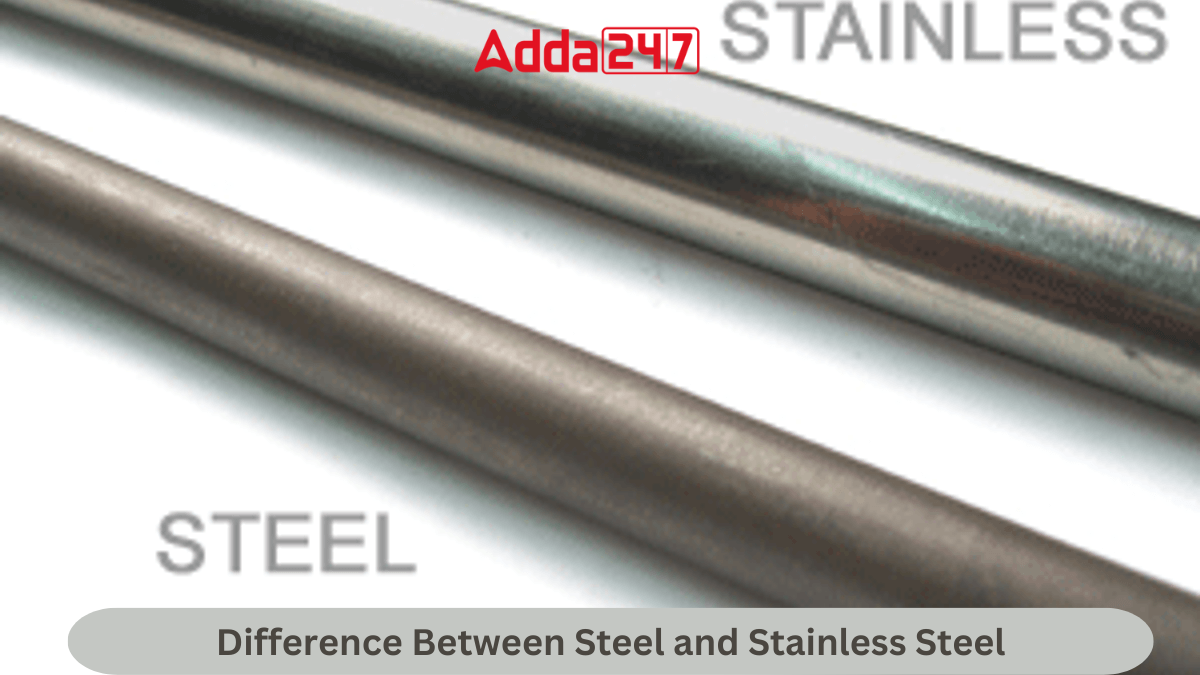Steel and stainless steel are commonly used metals with widespread industrial and consumer applications. While both share similarities, they differ significantly in their properties, composition, structure, and cost. This article explores the distinctions between steel and stainless steel, shedding light on their respective characteristics and uses.
What is Stainless Steel?
Stainless steel is a corrosion-resistant alloy composed primarily of iron, chromium, and often other elements like nickel, molybdenum, or nitrogen. The chromium content forms a thin, invisible layer of chromium oxide on the surface of the steel, which prevents rusting and staining, making it highly resistant to corrosion. This property, along with its strength, durability, and aesthetic appeal, makes stainless steel widely used in various industries, including food processing, medical, and aerospace.
Difference Between Steel and Stainless Steel
Steel and stainless steel are both metals, but they differ significantly in composition and properties, with steel being primarily iron and carbon, while stainless steel contains chromium for enhanced corrosion resistance.
Here is the difference between steel and stainless steel:
| Basis of Difference | Steel | Stainless Steel |
| Composition | Iron and carbon primarily | Iron, chromium, and often other elements |
| Corrosion Resistance | Susceptible to corrosion | Highly resistant to corrosion |
| Strength | Slightly stronger than stainless steel | Slightly weaker but still strong |
| Magnetic Properties | Generally magnetic | Can be magnetic or non-magnetic |
| Appearance | Matte finish | Shiny, polished finish |
| Uses | Construction, automotive, machinery | Food processing, medical, aerospace |
| Weight | Lighter weight | Heavier weight |
| Cost | Generally, less expensive | Generally, more expensive |




 Which Country is Known as the Land of Ch...
Which Country is Known as the Land of Ch...
 Which Bird is known as the King of Birds...
Which Bird is known as the King of Birds...
 Which City of Austria is Known as the Ci...
Which City of Austria is Known as the Ci...







